Report this entry
More from the same community-collection
Wall painting at the Ascarate Park
Ascarate Park is the largest public-use recreational park in El ...
Wall painting at the Ascarate Park
Ascarate Park is the largest public-use recreational park in El ...
Fountains in the lake at Ascarate Park
Ascarate Park is the largest public-use recreational park in El ...
A goose swims in the lake at Ascarate Park
A goose enjoy to swim in the lake at the Ascarate Park. Ascarate ...
Place for recreation on the waterfront at the Ascarate Park
Grill area is directly on the waterfront at the Ascarate Park. ...
Ascarate Golf Course - El Paso, Texas
The 18-hole Ascarate Golf Course at the Municipal Golf Course ...

















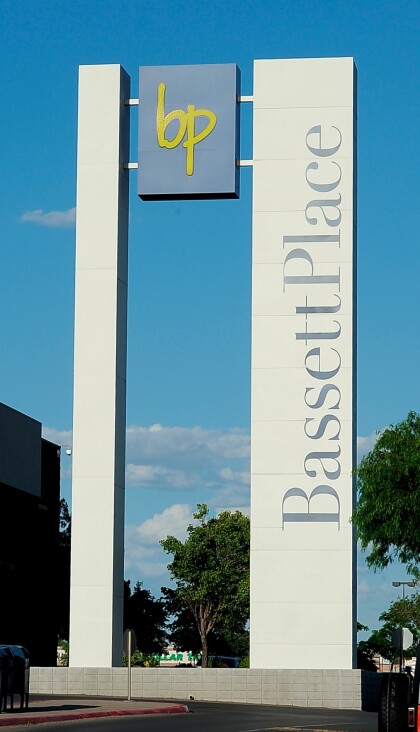
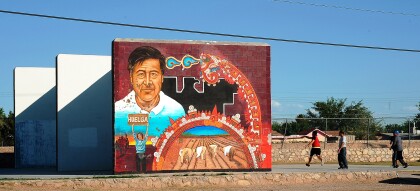
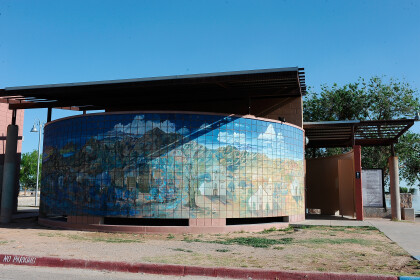
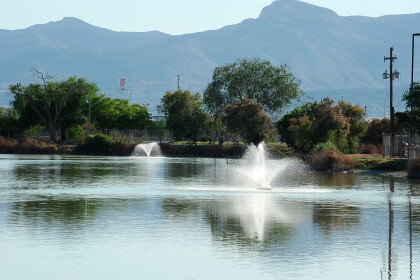
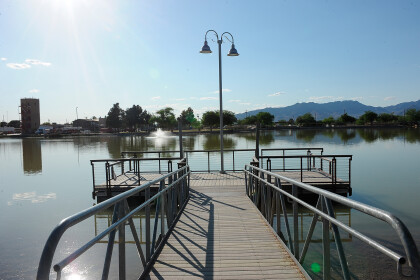

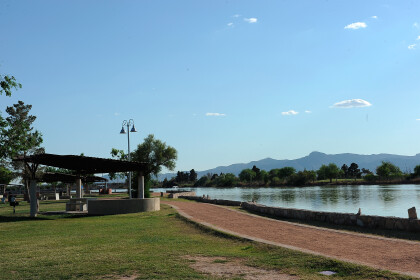
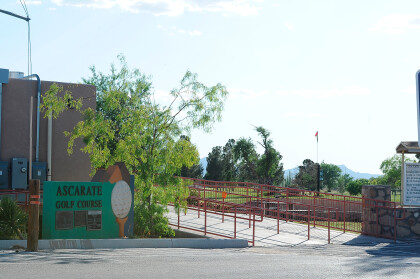
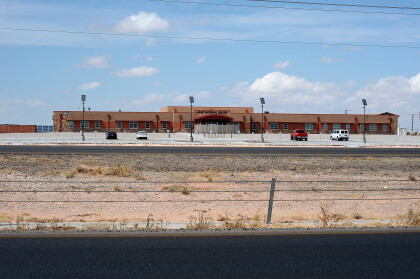

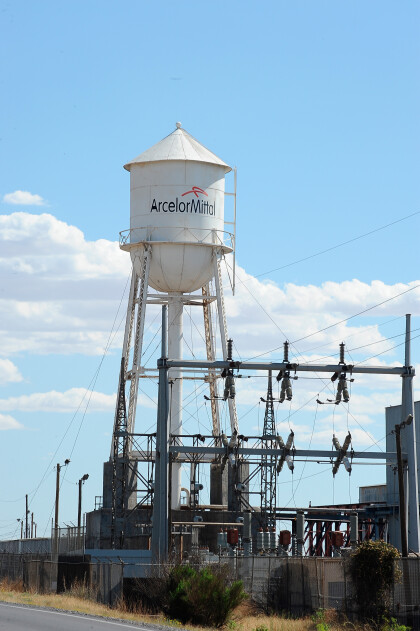
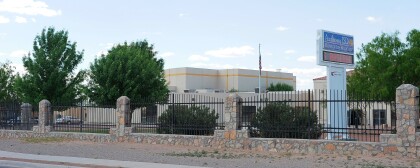
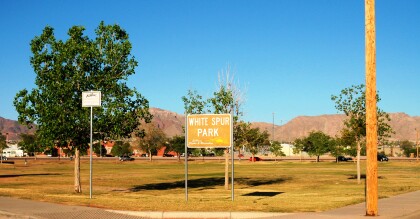
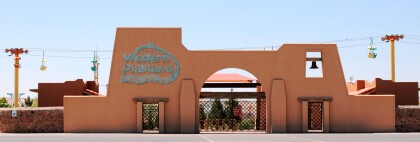
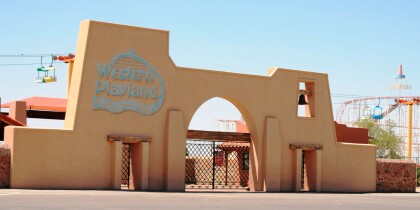
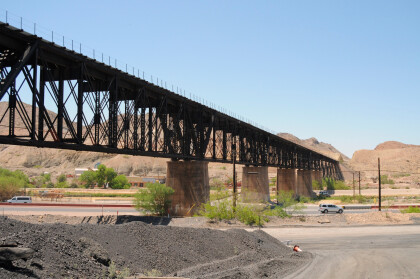
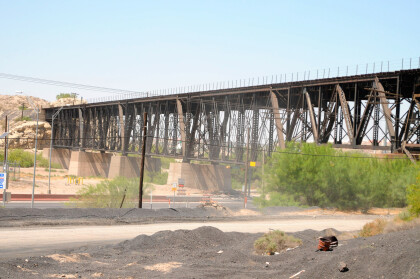
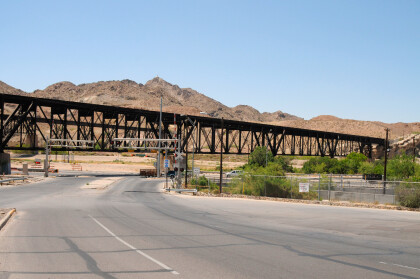
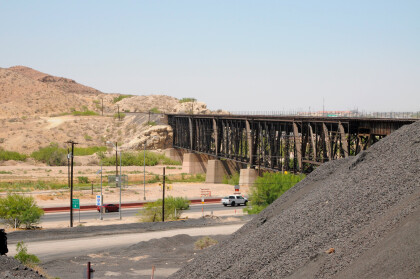
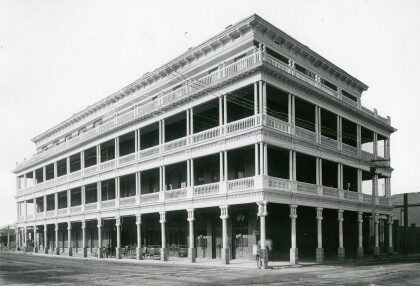
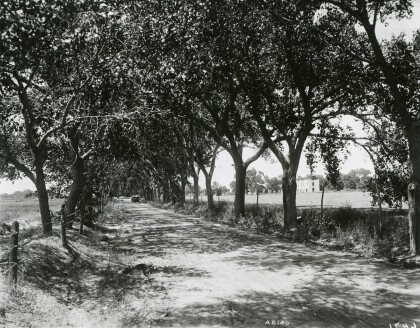
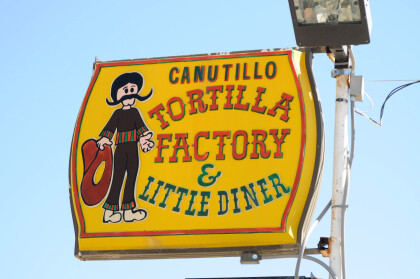
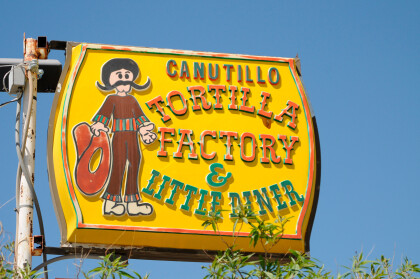
Comments
Add a comment